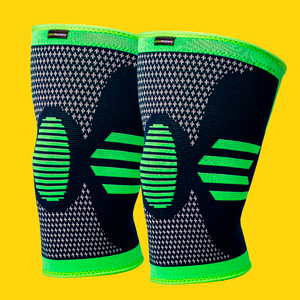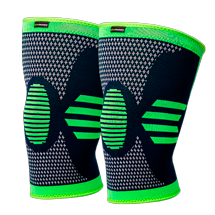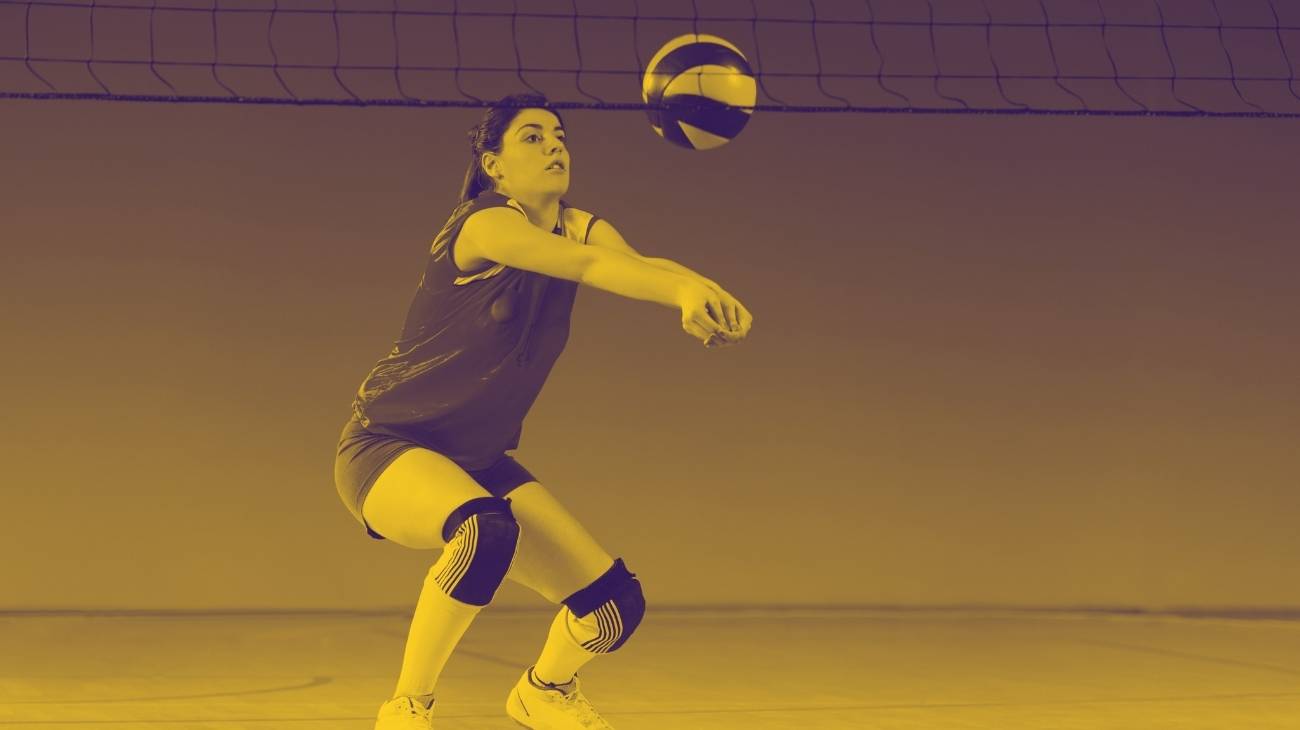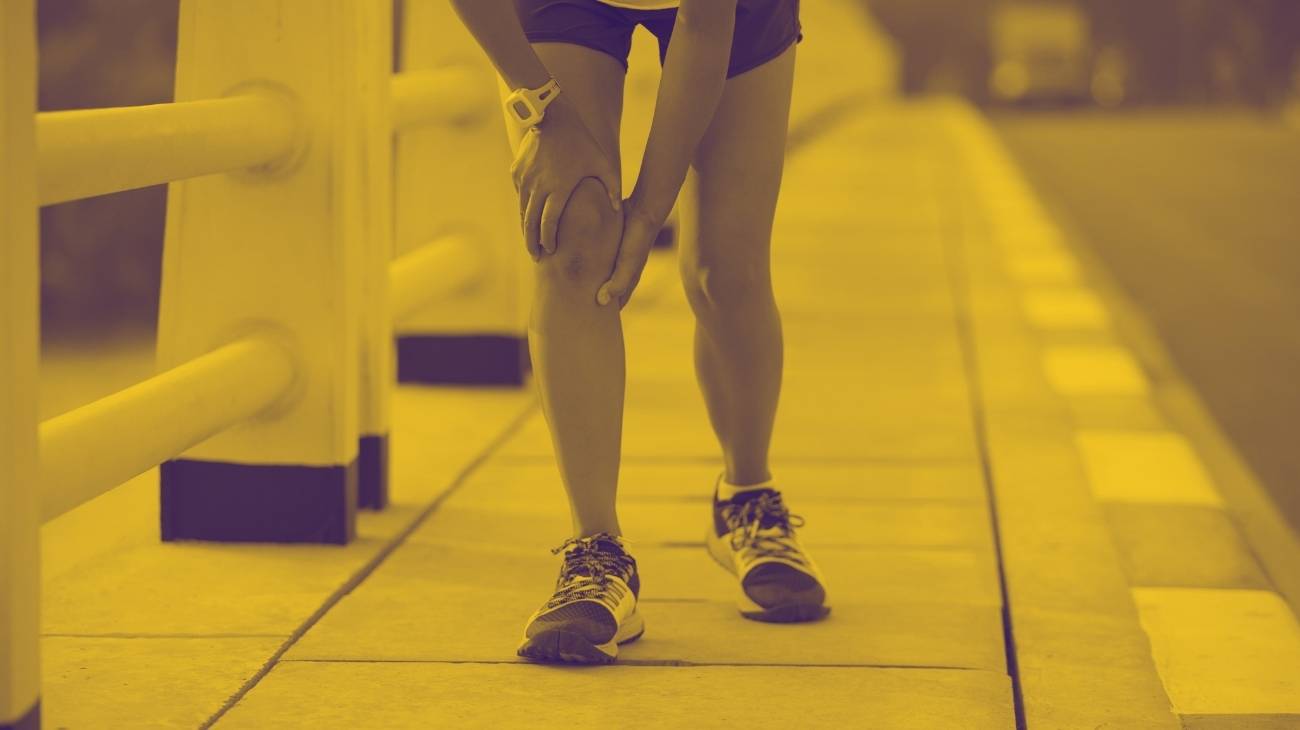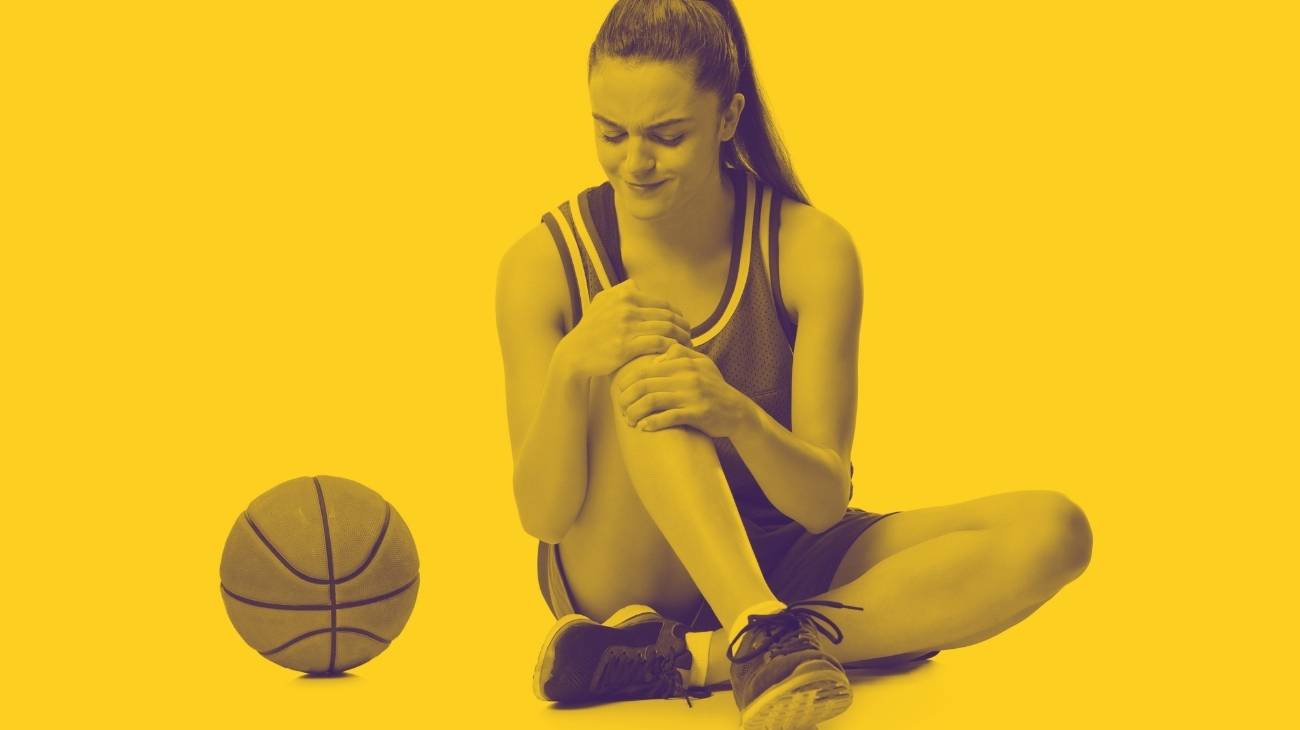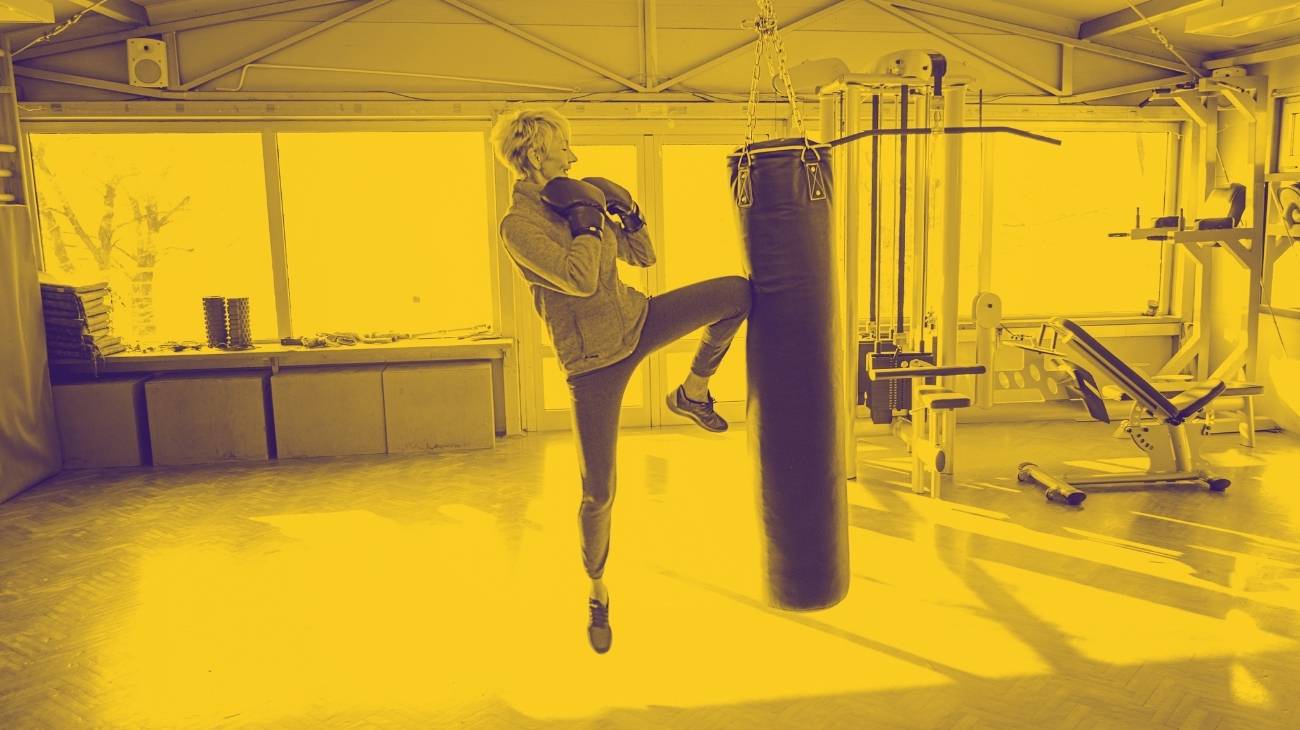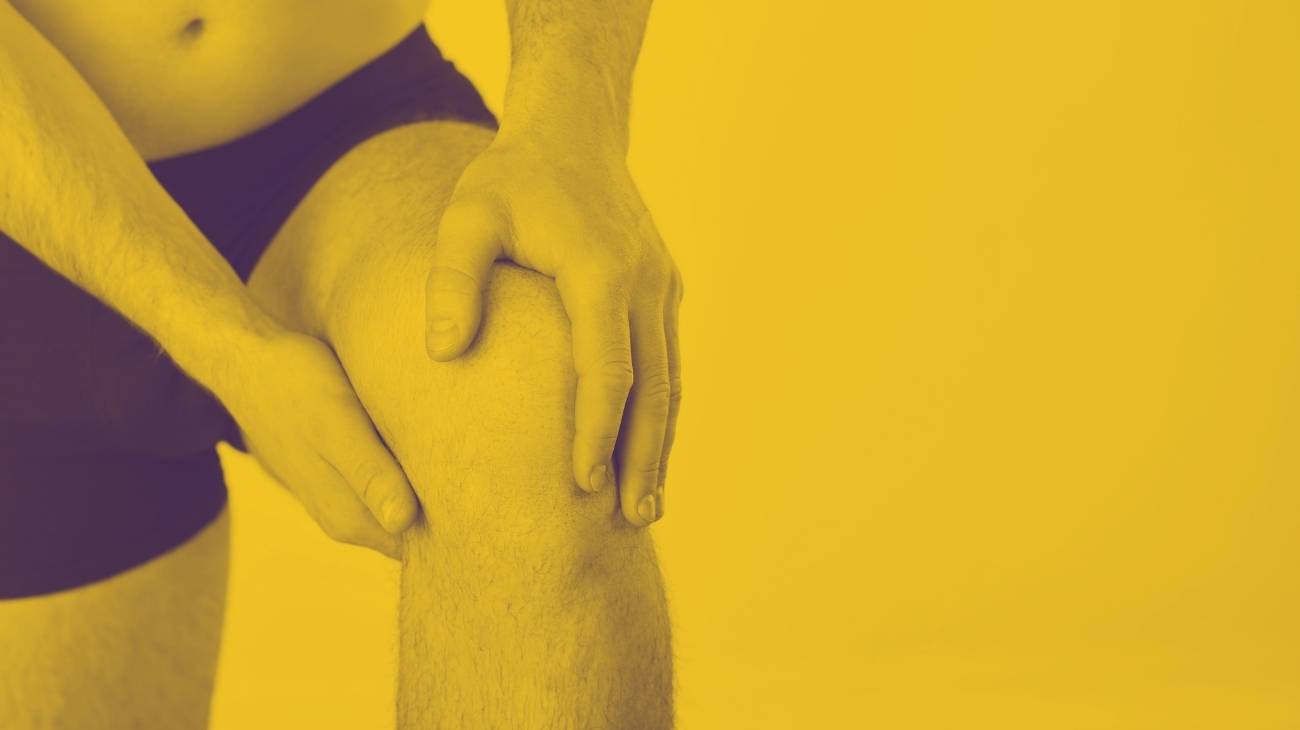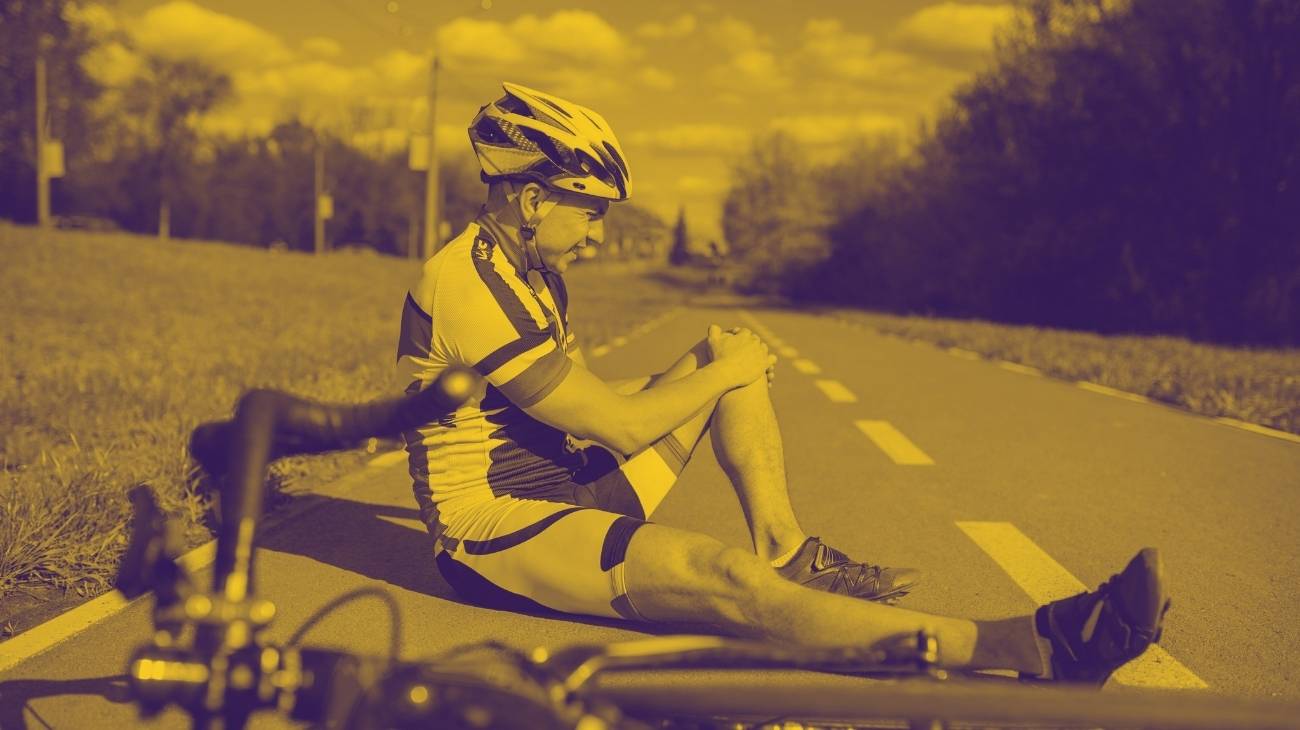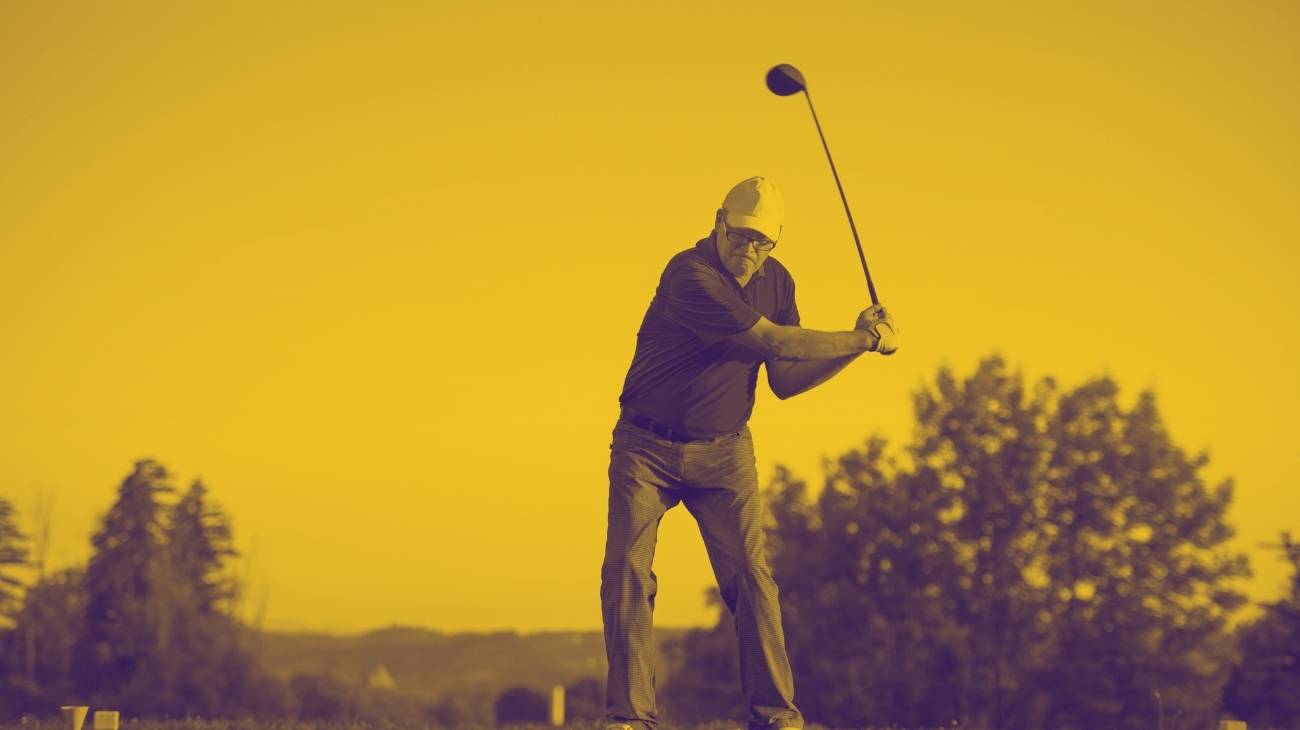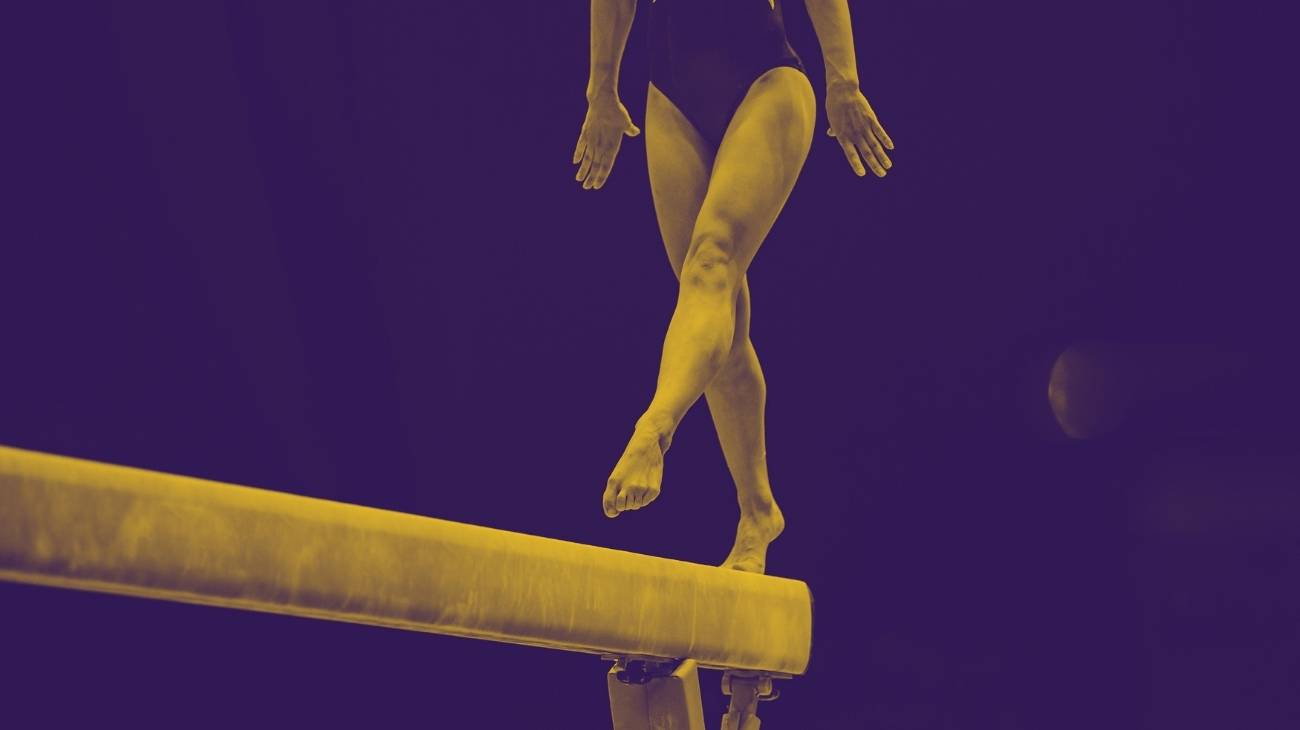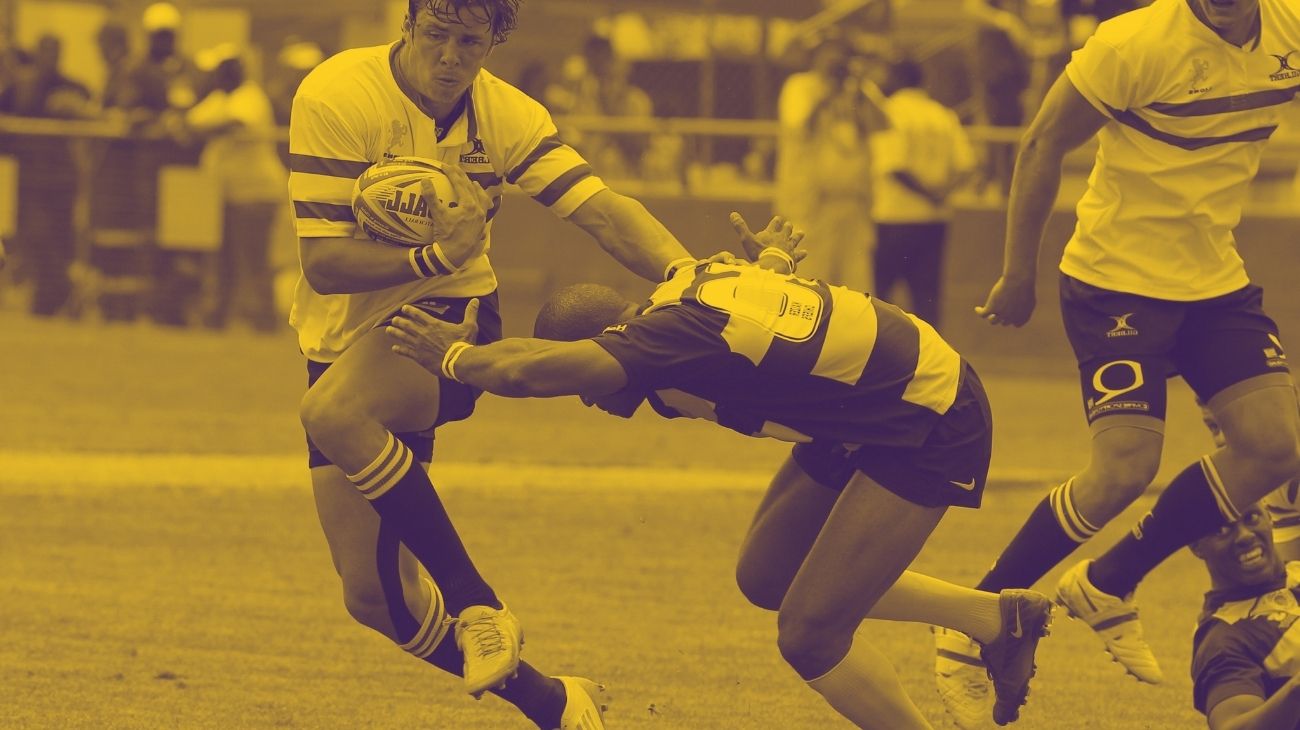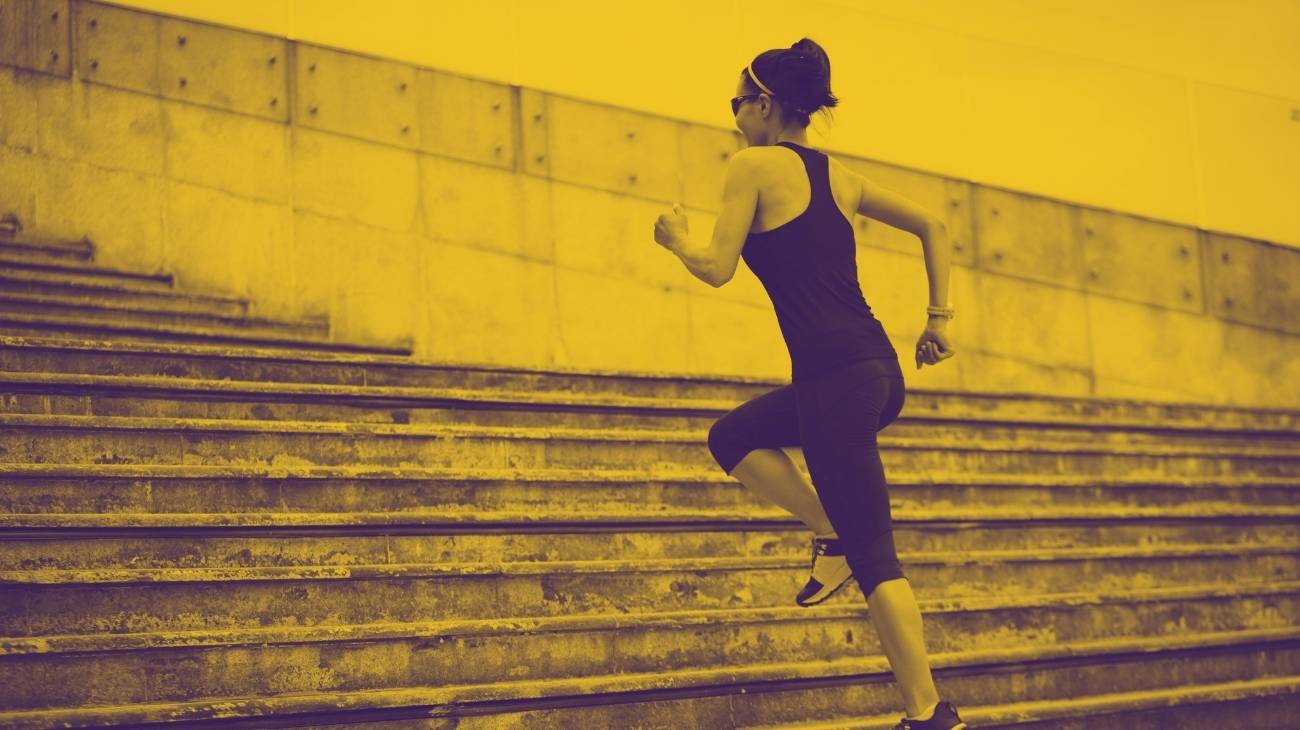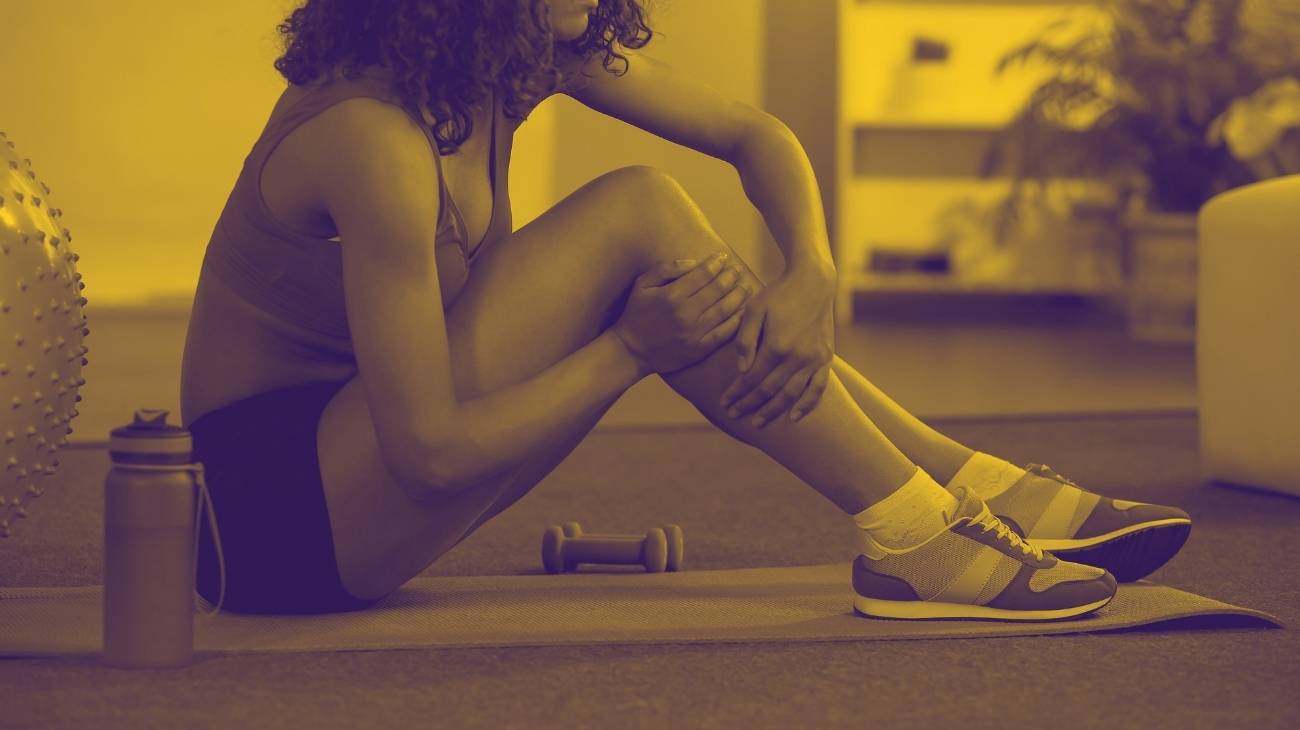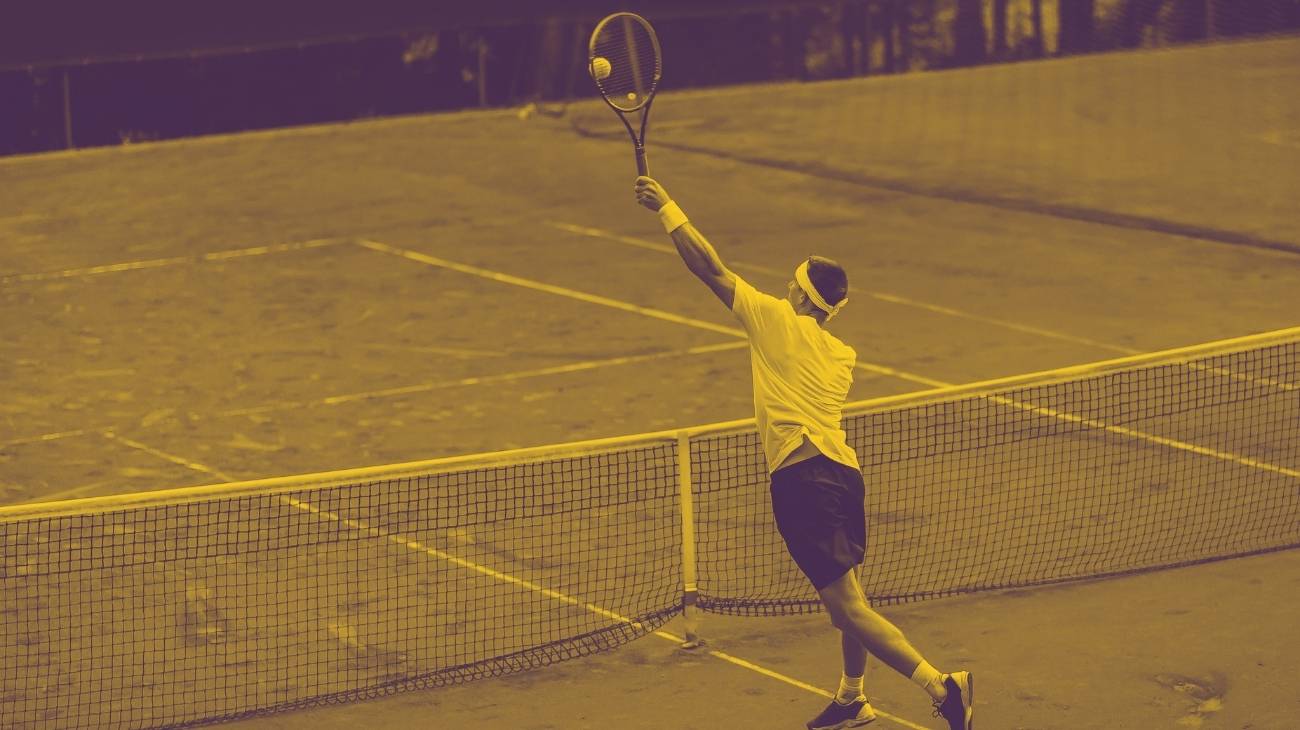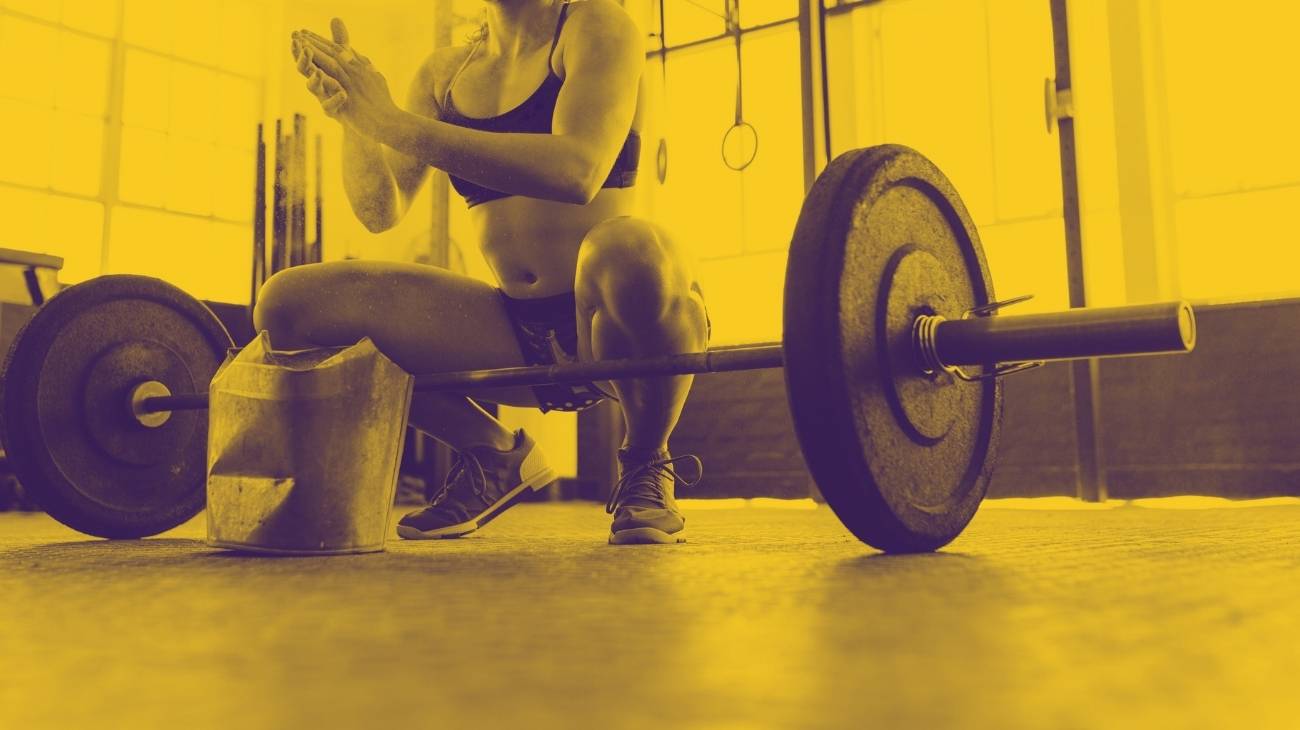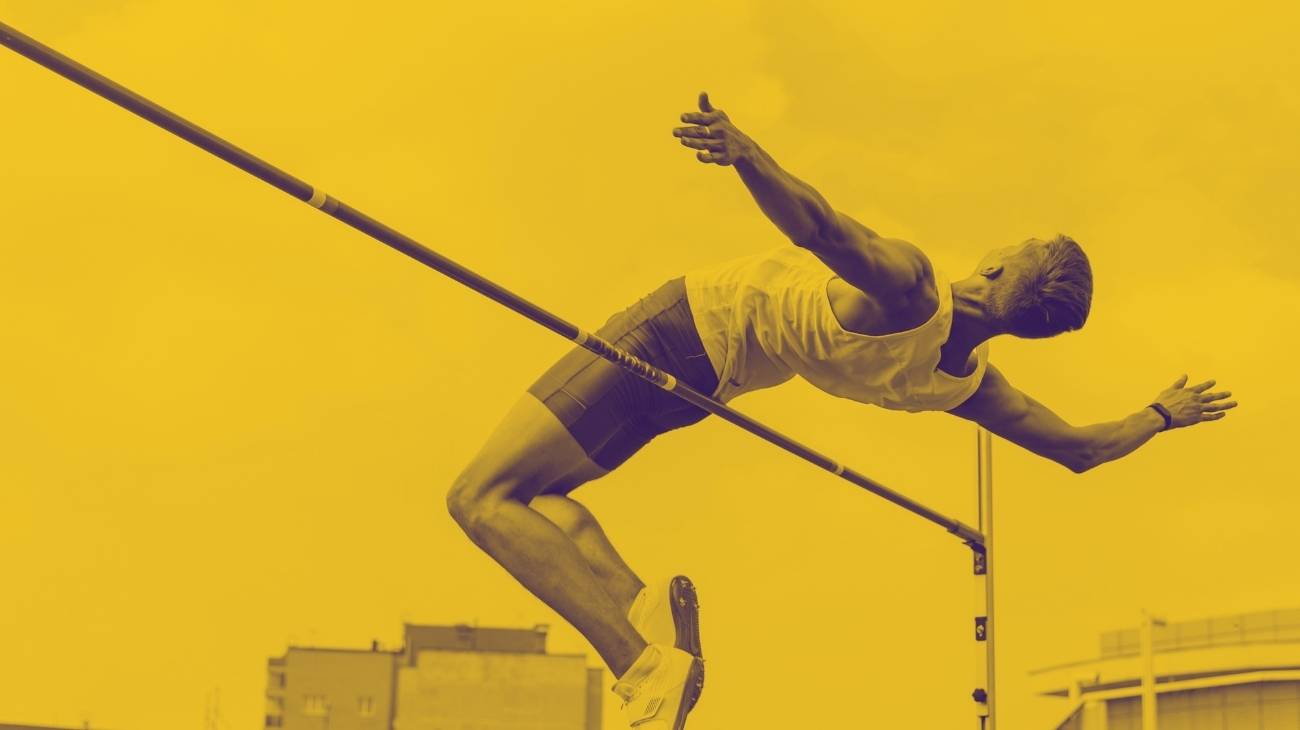Rugby is a sport in which two teams attempt to carry a type of oval ball to the opposing team's goal line or pass it into the goal. Both hands and feet are used in this activity. The use of knee braces for sports is more importance to avoid injury or damage.
With the following information, you will be able to understand the benefits of this garment, what features it has to buy the one that best suits your needs, and even what types are available and how to choose the right size.
What is the best knee brace for rugby injuries?
- Sizes: S-M-L-XL
- Colors: Green, Pink and Grey
- Material: Breathable
- Nº of Products: 2 pieces
- Uses: Rehabilitation and sport
- Elastic Fabric
- Double Anti-Slip Silicone
- Ergonomic & Adjustable
- Sport Design
- Unisex
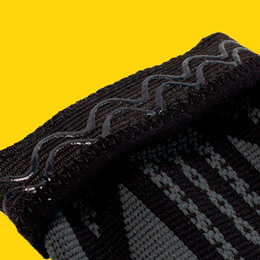
Double Anti-Slip Silicone

Various Colours and Sizes

Stretch Fabric
- Sizes: M-L-XL-XXL
- Colours: 5 Options
- Material: Spandex
- No. of Products: Single
- Type: Closed with silicone pad
- Variety of colours
- Good compression
- Quick and easy to use
- Hight Quality
- No small sizes
- Delicate wash
The Kuangmi elastic support offers three versions with corrugated straps that will prevent stress on the joint and, by means of the material and ergonomic design, all-day comfort is guaranteed. The different sizes, available for men and women, offer just the right amount of compression on the soft tissues of the knee. Please note that the knee brace is not recommended for people prone to skin rashes.
- Breathable design
- Durable material
- Adjustable velcro straps
- Good compression
- One size only
- Voluminous
Its design incorporates two bands that act as lateral stabilisers and a gel pad to keep the kneecap in place. It is designed in breathable neoprene material that absorbs sweat and keeps the skin free of moisture. You can use it without any problems when running, every time you train or in case you need to recover from an injury. In some people, the item is not suitable for users who suffer from compression tingling.
- Sizes: One size fits all
- Colours: Grey and Black
- Material: Breathable
- Nº of Products: 2
- Type: Closed
- Discreet design
- 2 per order
- No material specified
The ergonomic design reduces pressure on the knee and improves joint stability. Thanks to the anti-slip silicone material, located in strategic areas in the support, the elastic knee brace does not slip during use. It is made of a 3D technology fabric, which makes it a lightweight and easy to carry ligament protector. Please note that the knee brace is not recommended for people who suffer from itching.
- Sizes: M-L-XL
- Colours: 3 Options: Grey, Blue, Green
- Material: Polyester
- No. of Products: Single
- Type: Closed with silicone padding
- Variety of colours
- Good compression
- Breathable design
- Gel Pack
- No small sizes
- Delicate wash
The kneecap will stay in place thanks to the 360° compression offered by this sports garment and the gel pack will reinforce the soft tissue from any blows. Its different sizes will allow you to lead a healthy life and increase comfort, avoiding slippage of the compression garment when you wear it in training or at home. It is important to consider that the protector is not useful if the user does not support joint stiffness.
- Sizes: S-M-L-XL-XXL
- Colours: 2 Options: Blue, Grey
- Material: Neoprene
- No. of Products: Single
- Type: Closed with silicone pad
- Variety of sizes
- Gel Pack
- Not machine washable
The patellar protector has a unisex design with fabrics that adapt anatomically to any knee. Importantly, its soft material generates the necessary pressure, along with the patella-protecting silicone, to keep the joint stable and prevent injury. Please note that the support is not viable for use in people who are allergic to the materials with which the knee brace is made.
- Sizes: Size 0 - 7
- Colours: Grey and Blue
- Material: Cotton, Elastane, Polyester
- No. of Products: Single
- Type: Closed
- Breathable fabric
- Machine washable
- Omega Pad
- Strong compression
- Only one per order
- Difficulty in choosing sizes
The knee sleeve, with specially designed front silicone protector, generates increased blood supply and massages strategic points of the kneecap. This structure increases heat in the area, providing therapeutic benefits to the user. Lateral supports provide greater stability without restricting joint movement. In some products, the compression is not sufficient according to the user's expectations.
- Sizes: S-M-L-L-XL-XXL
- Colours: Black
- Material: Neoprene
- Nº of products: Single
- Type: Open with velcro fasteners
- Hight Quality
- Strong fit and support
- Variety of sizes
- Adjustable compression
- Delicate wash
- Voluminous
Its structure is composed of two lateral supports to improve the alignment of the joint, two Velcro straps that adjust the knee brace to prevent displacement and 4 adjustable straps in the shape of a cross. Thanks to this technology, the kneecap does not move out of place and blood circulation is stimulated to relieve pain and reduce swelling in the affected area. The compressive sleeve may be itchy for some users with sensitive skin.
- Sizes: S-M-L-XL-XXL
- Colours: Black
- Material: Neoprene
- Nº of products: Single
- Type: Open with bilateral support
- Variety of sizes
- Bilateral support
- Voluminous
With a Shock Doctor knee brace you prevent the joint from moving unnaturally and keep your knee away from injury. The side hinges help the braces compress the area to stimulate heat and relieve pain when training or suffering from arthritis. The one-size-fits-all brace can be worn by both men and women, although you should be aware that an anthill sensation is likely to occur when the product is too tight and prevents proper joint movement.
Video: Knee joint anatomy
Types of knee braces you should know about
What are the most common knee injuries in rugby?
While there are many soft tissue overuse injuries, the most common injuries are usually caused by collisions with other players or the ground, i.e. traumatic injuries such as broken bones, etc.
These are the most common rugby injuries to the knees:
Patellar Tendonitis
Patellar tendonitis is one of the most common overuse injuries of the knee, usually caused by repetitive movements that irritate the area. In this case, patellar tendonitis is an injury to the patellar tendon that connects the kneecap to the tibia. In this way and considering the explanation, we understand that the pain comes from the front of the knee, under the kneecap.
Dislocation of the kneecap
The kneecap is a bone at the front of the knee that is covered by cartilage, tendon and the patellar ligament. A dislocation of this bone occurs when it shifts or "slips" and immediately loses its stability. You cannot bend your knee and the pain is very severe.
In rugby, the occurrence of these injuries is quite normal, since it is a sport that involves a lot of contact with throws, hits and sudden movements that cause more or less dislocation of the kneecap. The first measure to treat this dislocation is to immobilize the joint with a knee brace and physiotherapy treatment, indicating the correct use of the garment and the duration of use.
Meniscus tear
A torn meniscus not only causes pain, but also swelling and stiffness, and blocks the movement of the knee, making it impossible to straighten, which makes it much more difficult to play any sport.
Such a tear can be caused by a direct blow to the back of the kneecap, sharp turns, falls or accidents. All of these descriptions apply to rugby, as it is a very rough sport and prone to all of these injuries that can develop into a meniscus tear.
ACL injuries
This is a sprain or tear of this ligament, which is one of the most important ligaments in the knee. As in rugby, these injuries often occur during sudden changes in direction, sudden stops and/or jumps and landings on the feet. A pop or crack in the joint at the time of the accident is enough to determine if there is trauma.
MCL injuries
This ligament, unlike the cruciate ligament, is located on the outside of the joint, meaning it connects the upper part of the tibia to the lower part of the femur and provides resistance that prevents the knee from turning inward.
This sprain is also called a medial collateral ligament sprain because it is mainly due to stretching of the ligament with small tears and is caused by an external force pulling the knee inward, such as a blow. This injury is very common in rugby players, since the impacts with the body cause a total or partial stretching of the ligament, due to excessive stretching of the ligament.
Buying guide: Tips on how to buy the best knee brace for rugby
There are several factors to consider when choosing the right knee brace, as making the wrong decision can lead to a poor fit of the brace and contraindications. A rugby player must be dressed according to the rules of the sport, and this includes knee braces. The following features will help you make the right purchase.
According to their function
- Knee braces to relieve pain: the above sport is usually a game that involves falls and even blows; for this reason, prevention with knee braces is the best option. In case of a fall in the middle of a workout, rest is necessary, and this garment helps to apply pressure on the pain until the person feels relief. It should be noted that the part is not to make the athlete look fashionable or to match the uniform to the part, what is important is that it gives the support that the joint needs to offer the player this feature.
- Knee supports: the garment serves as a protective shield to prevent injury in the event of sudden movements of the athlete. There is no need to wait for an incident before using the garments because they are designed not to interfere while playing. This includes the garment providing support through its various compression points.
- Knee braces that promote blood circulation: The issue of blood circulation is very important, the garment compresses, exerts a force on the area all the time without being uncomfortable. This has a positive effect on the joint, which is the main benefit of the knee brace: relief, pain relief, fast recovery, etc.
- Open knee braces: Their main feature is that they expose part of the kneecap area, allowing more air to reach the kneecap and they can be worn for a longer period of time. It is used for many therapeutic purposes, but may not be recommended for playing rugby because of the stress placed on the joint.
- Closed knee braces: They cover the entire knee and therefore exert more pressure. In terms of wear, they are not as long as the open brace. Although they are considered more suitable for covering larger areas than the open brace, in reality both have their advantages and are suitable for all needs.
- Long knee sleeves: when they are long, the so-called lever arm is better and fits more stably. They protect more areas than short ones. Ideally, they need to fit well to perform their compression function, as they are not useful if they are too big and slip. Since they have more fabric, it is important that they fit well and are comfortable in all areas (from start to finish).
Material
The neoprene, elastane and latex are some of the materials used to make knee sleeves. This makes them breathable and elastic. Neoprene, for example, is a material that is widely used nowadays for all kinds of compression garments, including knee sleeves. This is due to all the properties it possesses: strength, elasticity, waterproofness and it adapts to the body very well.
It's not just the fabrics that are important for the garment to work properly. If you need more compression or stability, you should opt for knee braces that have more elements, such as Velcro, lateral support, gel packs, hinges, etc. All these options and many more are offered by these compression pieces so that you can prevent and improve your health.
Type of support
When it comes to exercises or training, it is okay to just use the garment with the appropriate material, but when you are moving more and have body contact, as is the case with rugby, it is best to make sure that the knee support always stays in the same place.
So here are some options that might be useful to give the knee brace more compression and support:
- Neoprene knee braces: Also known as polychloroprene, is a strong yet flexible material. It has a high retention capacity, meaning it doesn't move easily, which is important for rugby players.
- Velcro knee sleeves: this method has been around the world for many years, but is very popular nowadays. It is a material that allows you to open and close something easily. For the game of rugby, this method is very convenient, because the player can put on the garment quickly and adaptable, with the certainty that it will not slip on the skin.
- Knee braces with straps: These are not present on all models, but some knee straps have them for added pressure and support. In this sport, the area needs to be covered and protected as bumps and falls are common and the straps provide resistance to the legs to prevent further injury.
Size
Size is an important factor when buying, because it depends on the size whether the garment will work or not. It should be noted that there are one size fits all or universal sizes, but these models do not guarantee that they will perform the same function as the size that fits your knee. To make a more accurate selection, you should measure around the knee with a tape measure.
Design
Of course, everyone has different tastes, and knee braces also take this into account by offering a variety of designs and colors. As for the colors, there are a number of options and combinations, among which black, white and beige stand out in combination with green, red, blue and others. Generally, they have figures or lines between them to create a unique and pleasing model to the eye, which is very important because if you use them every day, you must like what you see.
Price
To play rugby, you need the best products to ensure the health of the knee, which is constantly stressed in this sport. In the market you can buy any type of compression garment and think that you are saving money by making a much cheaper purchase, but the opposite is true.
These cheap products ruin the potential of knee braces as they do not provide adequate compression, are often uncomfortable due to their construction and non-breathable materials, and do not protect the joint. Therefore, if you want to have this type of products as accessories, you can buy them at these prices.
Are compression knee sleeves for rugby really effective?
Sports knee sleeves for rugby work and have several benefits that even help to develop the activity, more agile, without fear of injury and with the security that every player needs.
The compression exerted by the garment goes far beyond external protection, due to its materials. It also performs compression therapy that improves blood circulation, deflation, pain relief, rapid recovery and much more.
In addition, knee braces create adequate stability that allows the joint to rest or do as little work as possible, so you can always have healthy knees and play rugby in optimal conditions. They have become an indispensable garment in the lives of athletes, since they can continue their training sessions and competitions at any time without being hindered by pain or injury.

